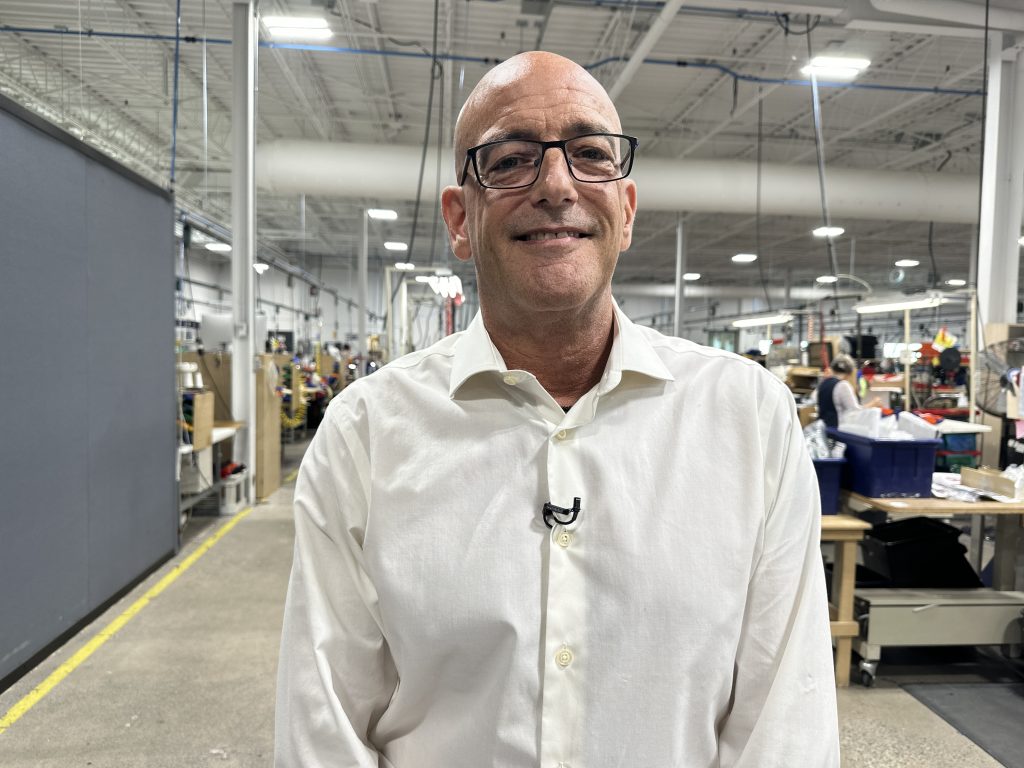Quebec company makes seamless transition as NHL outfitter changes

Posted August 27, 2024 7:26 pm.
Last Updated August 28, 2024 7:08 pm.
For nearly half a century, Quebec company, SP Apparel, has made every jersey worn in the NHL.
“We have, for the last 49 years, been responsible for manufacturing and developing the NHL jerseys,” said Mike Quinn, SP Apparel vice president of sales.
“For the NHL, we would make roughly, let’s call it 120,000 jerseys. Jerseys and socks, but that’s game jerseys, practice jerseys, socks, as well as authentic pro jerseys for retail,” Quinn adds.
This year, the league is changing its official outfitter from Adidas to Fanatics. Fanatics will take over the design and branding of the jerseys. Despite the changes, the production of the jerseys will not change, and will continue in the SP Apparel factory in St-Hyacinthe.
“With all the different brands that have been on ice since 1975, we’ve always been the manufacturer behind the brand,” said Quinn.
With SP Apparel being the NHL’s manufacturer for nearly 50 years, the company believes its service is key to maintaining their long-standing relationship with the league.
“I think the key is, one, service, because obviously the NHL has a very tight schedule, so they need their jerseys on time. So that would be number one. And number two, I think, is also our development team,” said Quinn.
Even with the outfitter changes, we shouldn’t expect many changes to the jersey’s this year.
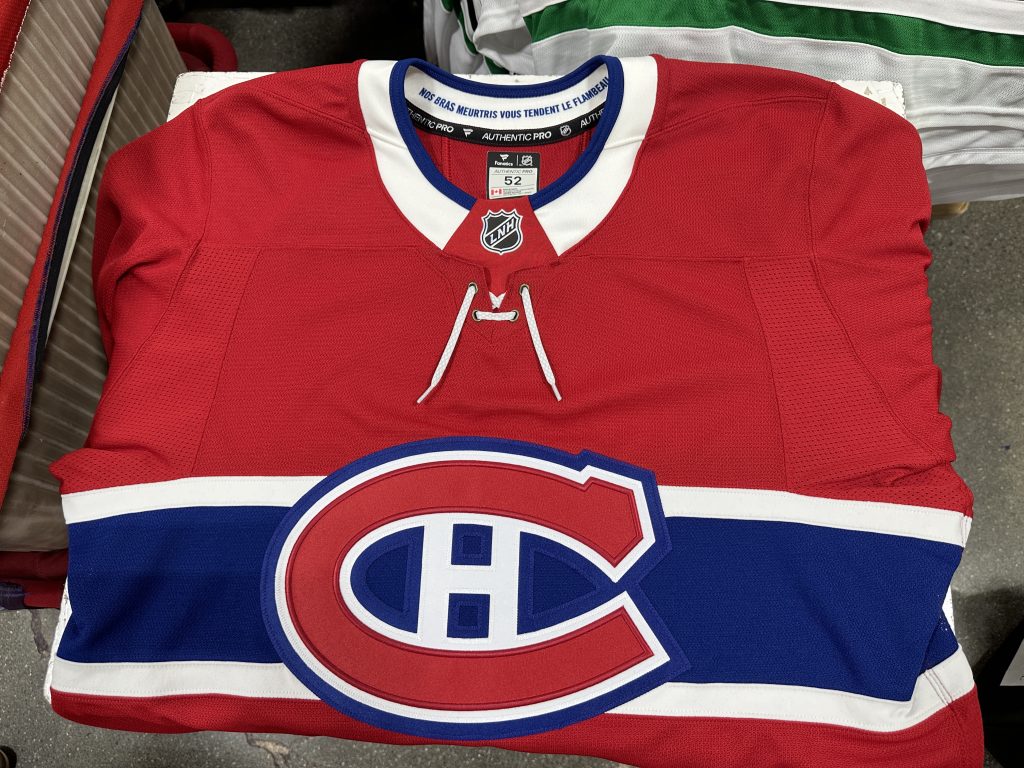
“Switching from Adidas to Fanatics for year one, as a group, ourselves, Fanatics, and the NHL decided, ‘You know what, we’re not going to make a lot of change to the jersey the first year out. Because, you know, to develop a new jersey takes three to five years. You’ve got to test materials, you have to test designs, and you have to test fit; you have to have on-ice testing. And we didn’t have enough time, enough runway to do that,” said Quinn.
“So we agreed, the three of us agreed that, you know what, the best thing to do to go forward for this year to be able to deliver on time and make sure that everyone’s satisfied with the quality was to make as few changes as possible. So we changed the embossment on the shoulders, we doubled up, we reinforced the sleeves, because that was a comment that came back from trainers that they would like a reinforcement on the sleeves, and we made some other very small tweaks. But essentially, to make sure that we had a proven product on the ice, we didn’t change very much for this coming year,” he added.
As SP apparel works on this year’s product, they also have a development team working for the future.
“We’re working hand in hand with Fanatics, testing out new materials and new silhouettes, to bring something to life in the near future,” said Quinn.
The production process requires many hands to craft the perfect jersey.
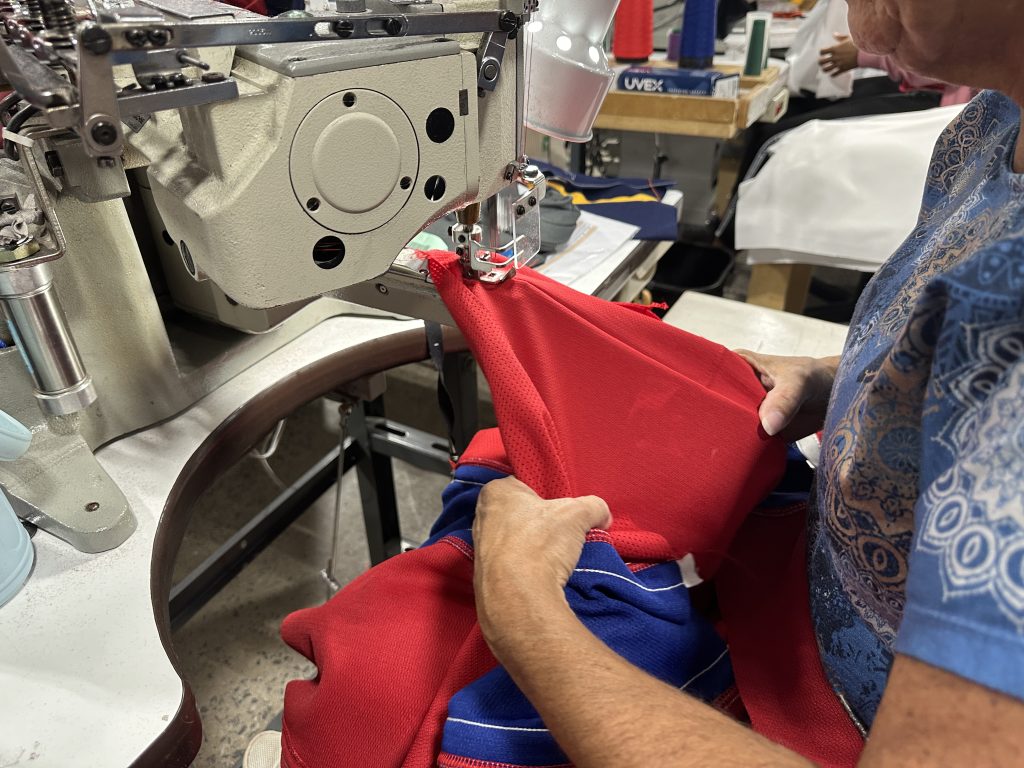
“The jersey itself will go through a knitting phase where it gets knit. Then the material is stretched and weighed so that it’s at the right weight for the particular jersey,” said Quinn.
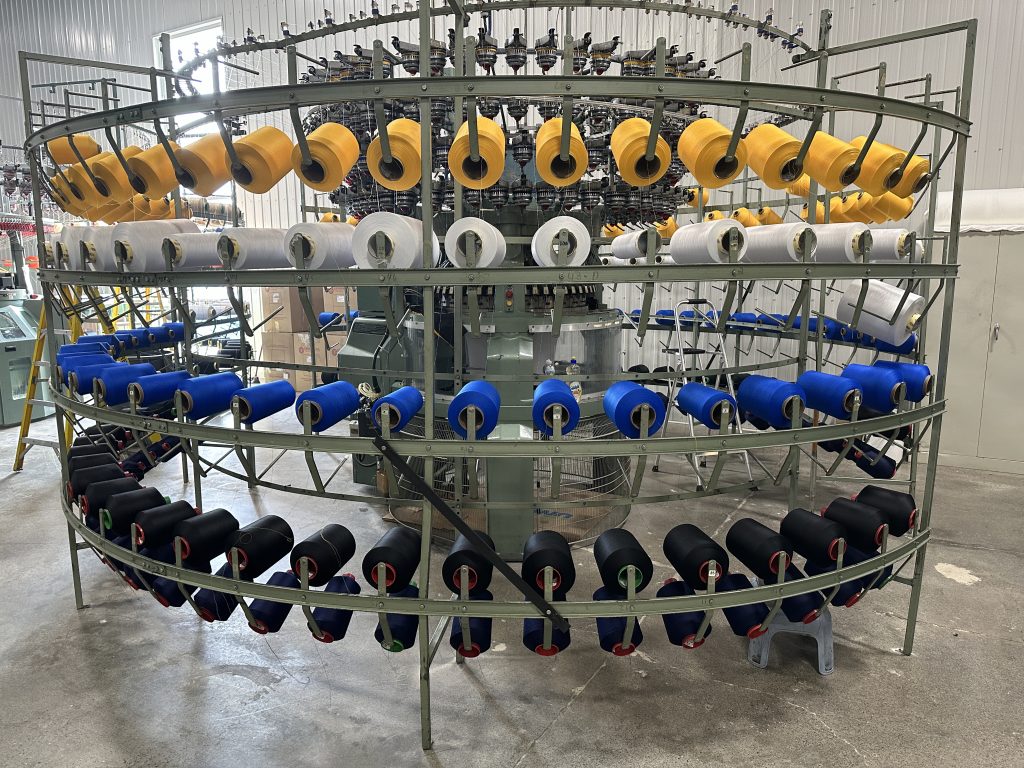
“We do color testing because that’s one of the most, one of the other things that’s very important: the color. NHL requires color consistency from jerseys to gloves to pants to helmets. And so that’s one of the things that we’ve been very good at over the years, being very consistent in our colors,” he added.
“Before we go to the manufacturing process, the products are vigorously tested. They’re tested with local teams on an ongoing basis, so we have some agreements with local teams where they test for us. We also will then do samples for the NHL and get them on actual NHL players. So the product is tested at the highest level possible. And then it also goes through vigorous wear testing and wash testing here at our facility, as well as at Fanatics’ facility. So there’s a certain number of washes that an NHL jersey has to adhere to. There’s a certain weight that it has to be. And so we measure all of these things as we develop the product. And then we go into production,” Quinn explains.
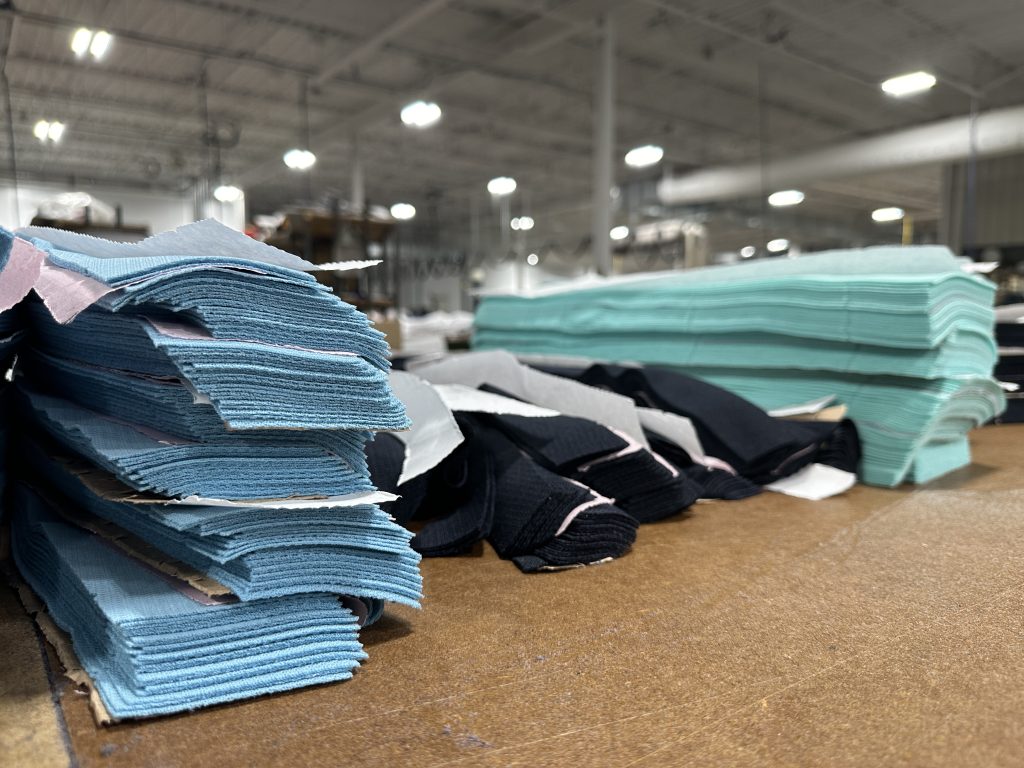
In this facility alone, there are 150 sewers, and around 80 support staff to support the sewers. With an NHL jersey, there’s anywhere between 30 to 40 pieces depending on what team it is.
The puck drops on the NHL’s 2024-2025 season in early October.
“I think everyone’s going to be very happy with the product on the ice this season,” said Quinn.
